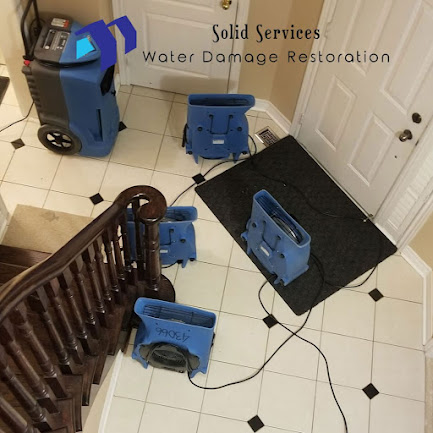How to Get Rid of Mold in Your Home
Mold can cause a lot of problems in the home. Luckily, there are some simple ways to get rid of mold. However, if the mold is particularly tough to remove, you may have to consult a professional. The best way to avoid mold is to keep moisture to a minimum. That means making sure your house has a good air conditioning system and exhaust fans. Additionally, keep your kitchen, bathrooms, and laundry room well-ventilated.
To get rid of mold, first identify the source of the problem. This can be done by inspecting the wall or ceiling above you. You can use a sponge or a cloth to wipe away any accumulated mold. If the mold is in a hard surface, you can use a scrub brush. For delicate surfaces, you should use a soft cloth or sponge.
Wearing protective gear is an important precaution to take when cleaning up a mold problem. The CDC recommends long pants, a hat, and a mask that is rated at least N95. These items protect you from gases and dust. In addition, you should change your air filters every three months.
If you cannot identify the source of the mold, you can try scrubbing the area with a mixture of bleach and water. Bleach kills mold spores. Be sure to let the solution dry before wiping the area.
Another option for getting rid of mold is a solution of baking soda and water. The baking soda will help to kill mold spores while the water will help the solution to penetrate the surface. Alternatively, you can use a combination of chlorine bleach and water.
To get rid of mold, it is often best to start with an organic mold remover. Tea tree oil, for example, is a natural fungicide. Putting it on the mold and then rinsing it with water can work well.
White vinegar, on the other hand, is a mild acid that can be used to clean moldy surfaces. It also deodorizes the area. Just make sure not to add water to the vinegar, or the odor will get worse.
Some types of molds can be quite harmful. Black mold, for example, can produce toxins that can affect the eyes, skin, and nails. They can also trigger allergic reactions, such as wheezing and a stuffy nose. Aside from this, they can also cause other respiratory problems.
Once you have found the source of the mold, you will want to take steps to address the problem. One of the most important things to do is to fix any plumbing leaks. Other fixes include replacing or repairing any damaged fixtures. Remember, if the area is not properly sealed, the mold spores can spread to other parts of the house.
Cleaning up mold in the home is important to avoid significant damage and the potential for serious health issues. Fortunately, there are a number of options available to you but be sure to follow the instructions carefully and wear the right safety gear.
.jpg)

Comments
Post a Comment